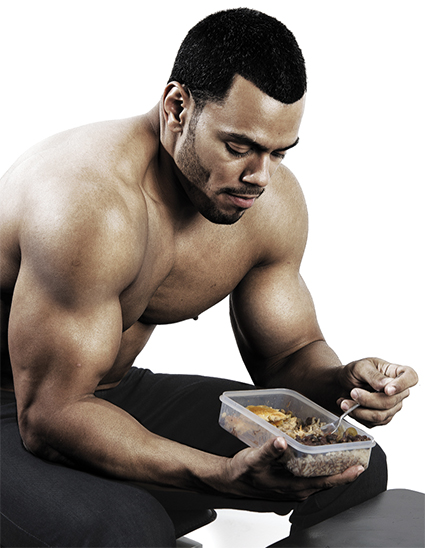Post-Workout Nutrition
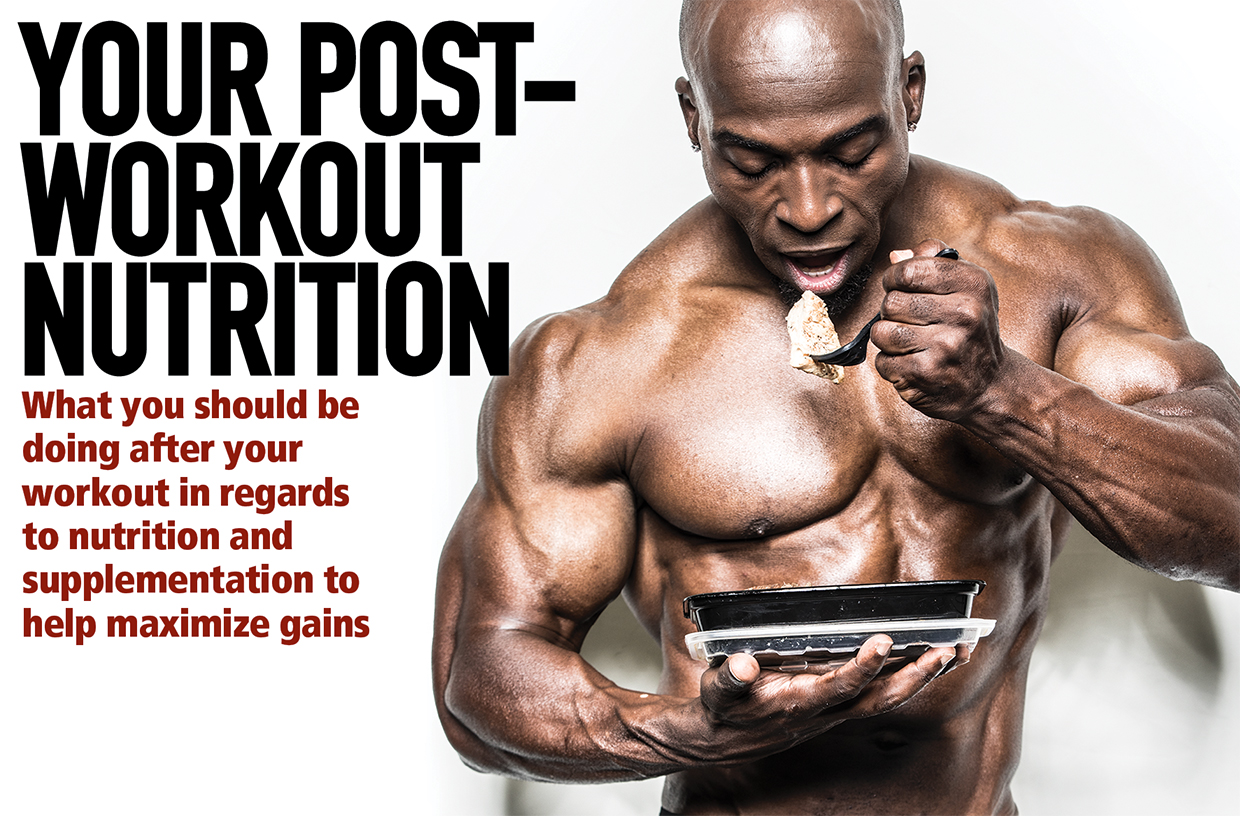
What you should be doing after your workout in regards to supplementation and nutrition to help maximize gains
There are all kinds of concepts and controversies floating around regarding the right nutritional steps to take within the first few minutes to a couple of hours after training. A lot can be learned from a simple sponge. Yes, a sponge—the kind used to wash a car or scrub down a kitchen countertop. To get a better idea how the body responds to nutrition after training, picture three sponges about the size of a brick. The first is completely immersed and saturated in a bucket of water. The second sits outside a bucket, but is only partially full of water, having recently been squeezed to eliminate some, though not all, of the water trapped within. The third has been sitting bone-dry in the sun for a of couple days, devoid of even a droplet of moisture. Which of the three can, when immersed in water, pull in and absorb the most amount of fluid? Clearly, it’s the dry one.

So how does that affect growth and recovery? Simple. The amount of energy reserves within muscles called muscle glycogen, the technical name for stored carbohydrates, has an impact on growth. In the analogy, muscle glycogen is akin to water in the sponge, while the muscles themselves are sort of like the sponge. When you train, you create a state in which the sponge-like muscles lose fluid and muscle glycogen. In turn, the body responds by ratcheting up enzymes that pack away, potentially pull in, suck up, and absorb “new” carbs, those consumed after working out. The kicker: The more glycogen you can get into the muscle, the greater the chance of getting muscle to recover and grow. There’s a hormonal component at play as well. The timing, quantity, and types of carbs eaten after training drive up an anabolic hormone called insulin, which brings muscle breakdown to a halt and acts as a driving force to push more carbs, amino acids (like leucine and glutamine), and micronutrients (like creatine) into the muscles to create a temporary state of hyper growth.
Gaining mass is all about balance; you have to train hard and eat right on a constant basis. The post-workout nutrition prescription can “make or break” the bodybuilder and determine whether he will move into an anabolic “muscle-building” state or let that state slip away, leaving the bodybuilder in a dreaded catabolic or “muscle-losing” state after a tough workout. That being said, follow these 3 steps to priming the anabolic environment within your muscles, and you’ll be on the fast track to packing on slabs of muscle!
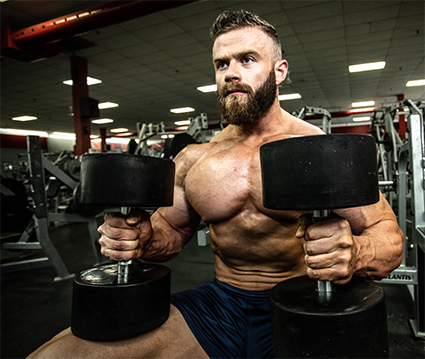
STEP #1: SETTING THE STAGE FOR GROWTH
Everyone knows you’ve got to train hard to grow. Here’s why:
REASON #1:
The heavier you go, and the more damage thrown upon muscle fibers, the greater the degree of microscopic muscle damage. This, in turn, creates the demand for more amino acids, the tiny building blocks that make up protein. if you create a demand by “smashing” a body part with lots of heavy sets, the muscles get better at pulling amino acids out of the blood to repair the damage and kick start growth. On the flip side, if you eat a lot of protein and fail to “get the job done” in the gym, protein goes to waste. in other words – no demand, no growth!
REASON #2:
Super compensation. Think about the dry sponge. The drier it is, the more water it can trap. The same idea holds true with muscles. The harder they’re trained and the greater the intensity of the training, the more they become depleted of muscle glycogen. As glycogen drops, it creates a dry sponge effect whereby muscles “over” compensate and drag in more carbs and micronutrients for growth and repair.

STEP #2: THE FASTTRACK TO GROWTH
It’s about speed. The downside to a killer workout is the rise of a hormone called cortisol, which encourages the dismantling of muscle mass. The faster you can reverse that process and reduce cortisol levels, the faster you can switch from a training induced catabolic state into an anabolic state. This is where speed comes into the equation.
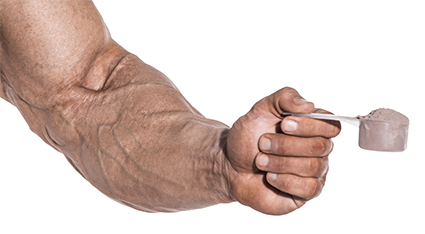
QUICK PROTEINS
Fast digesting proteins, those that hit the digestive system quickly, such as whey protein and egg whites, provide fast utilization of amino acids. When it comes to protein immediately after training, quick digesting proteins are best. They’re easy on the stomach and get into the body fast to provide new aminos for repair. Damaged muscles pull amino acids inside the muscles fibers, creating the foundation for an anabolic state.
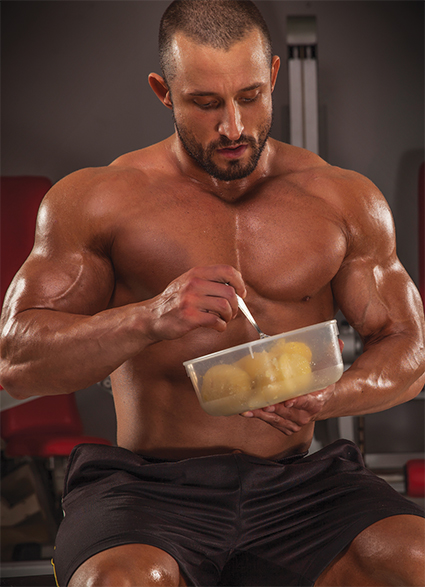
QUICK CARBS
On the other hand, we have fast digesting carbohydrates like white bread, bagels, maltodextrin powder, cream of wheat, and even low-fat cookies, which breakdown quickly into glucose. Quick acting glucose drives up the anabolic hormone insulin, which immediately curtails cortisol levels, blocks the further breakdown of muscle tissue, drives glucose into muscle to make even more glycogen, and forces amino acids into muscles to create one big anabolic party. These quick digesting carbs reign supreme because they create a greater insulin surge than more traditional and conservative bodybuilding carb sources, like yams, oatmeal, whole-grain bread or potatoes. As you can see, a combina- tion of fast-digesting carbs and proteins are a critical compo- nent of the post-workout nutrition solution, but that’s not all.
 CREATINE
CREATINE
Finally, creatine is the powerhouse energy source that “drives” the first few reps of each set and is a proven strength and mass enhancer, but it is depleted during training. Not only does it make sense to include it in the post training meal to keep levels topped off, but driving up insulin levels also allows for a greater influx of creatine into the muscles.
LEUCINE
Leucine is a major player in that it cranks up insulin independently from glucose. The thought is that adding leucine to the mix can leverage insulin levels even further. The benefit? Well, high insulin levels act like a clearing agent, pushing nutrients into muscles. Besides putting a stop to muscle breakdown, the leucine, fast-protein, and fast-carb mix temporarily allows a larger amount of fluid to enter muscle cells, which stretches special fluid sensitive pockets within muscle fibers called the sarcoplasm. This process has been shown to create an anabolic affect. A greater increase in insulin post training also can change testosterone delivery by “unhooking” testosterone from carriers in the blood so it can latch onto and enhance muscle repair. As you can see, this is one important amino acid, which leads me to another crucial amino you need after training.
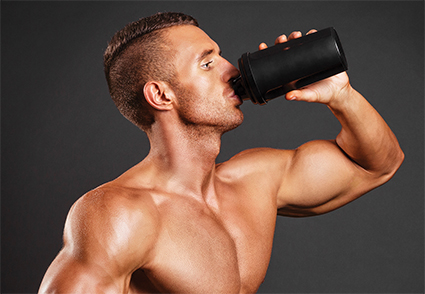
GLUTAMINE
Glutamine has been shown to help carbs make their way into muscles, enhancing the carb absorption, and can also interfere with cortisol’s ability to attach to muscles. The good thing
here is that anything you can do to put a damper on post training cortisol levels seems to not only enhance growth and allow more nutrients into muscles, but keep testosterone levels elevated.
 STEP #3: SUSTAINING GROWTH
STEP #3: SUSTAINING GROWTH
Post-training nutrition requires a two-phase approach for optimal growth. That’s why you have to get your priorities straight.
Priority #1
As mentioned, is to stop muscle breakdown and kick up insulin levels, creating an immediate anabolic and water-swelling event in the muscle.
Priority #2
Is to add the second line of fire, slower digesting protein and carbs, to act as a back up and come into play after the first line of defense has done the initial work. Here’s where the opposite will help. Slower digesting protein (e.g., chicken or lean meat), along with traditional carbs like yams, brown rice, pasta and potatoes, provide constant, slower delivery of both aminos and carbs to support growth and come into play when the initial kick-start of the gym bag cocktail, outlined above, begins to wear off. This meal should be consumed no more then 60-90 minutes after leaving the gym. For most bodybuilders, 6-7 oz of protein will do the trick along with another 60-80 grams of carbs.
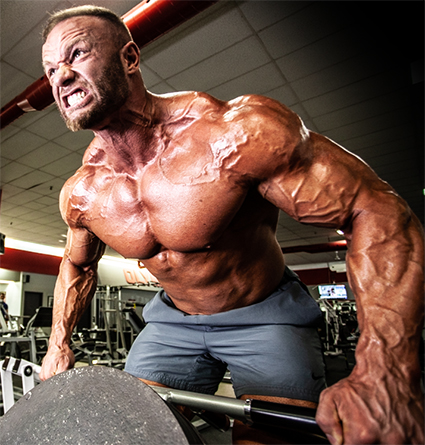
WRAPPING IT UP
Remember, in order to build muscle, you not only have to give your body a reason to do so, but you have to provide the right nutrients to promote and accelerate growth. Follow the above steps, and you’ll pack on muscle fast and see noticeable results in your physique in no time!
CRAP CAN'T MAKE YOU FAT
How are these for post-training carbs? Low-fat pop tarts, low fat cookies, muffins or even a 3 musketeers bar? All are fairly loaded with sugar, and most bodybuilders would fear eating any of them, especially when trying to lean down. The fact is, they won’t make you fat as long as they are consumed within 15-30 minutes of training! Why? Because carb storage – as new muscle glycogen – takes precedence over fat storage.
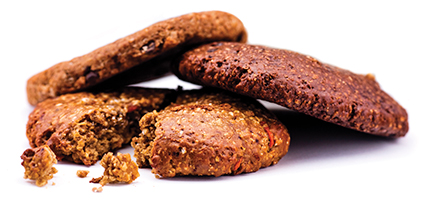
In other words, the body always makes glycogen first (after training) before having any real ability to create body fat. The bodybuilder having 2 cookies with 20 grams of whey protein can expect the direction of the sugar within the cookies to be sent down glycogen storing pathways because muscles are acting like a sponge – pulling carbs in. enzymes responsible for making new glycogen, called glycogen synthase, are at their peak levels and help take those “off limit” carbs and pack them away as glycogen. This way, you get to eat “junk” and still get bigger without the fat gain.
| THE GYM BAG |
|---|
| Here’s the recipe and ingredients you need to tote along in your gym bag and gulp down 15-30 minutes after training: |
| 20 GRAMS WHEY PROTEIN |
| 40-60 GRAMS FAST DIGESTING CARBS |
| 3 GRAMS LEUCINE |
| 3-5 GRAMS CREATINE |
| 5-7 GRAMS GLUTAMINE |
Click HERE to sign up for our free newsletter!


